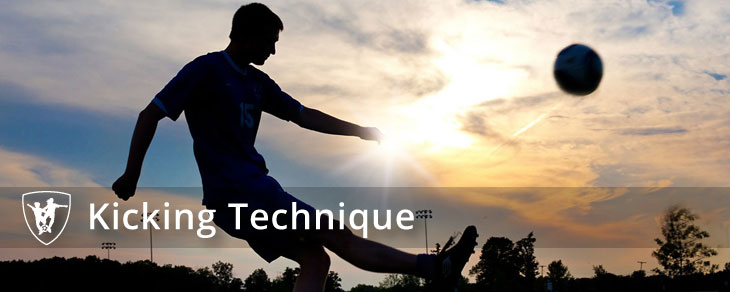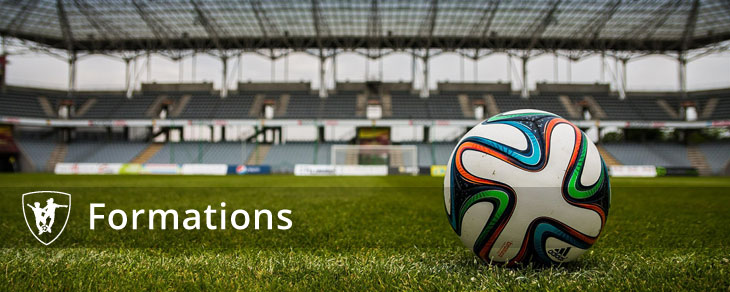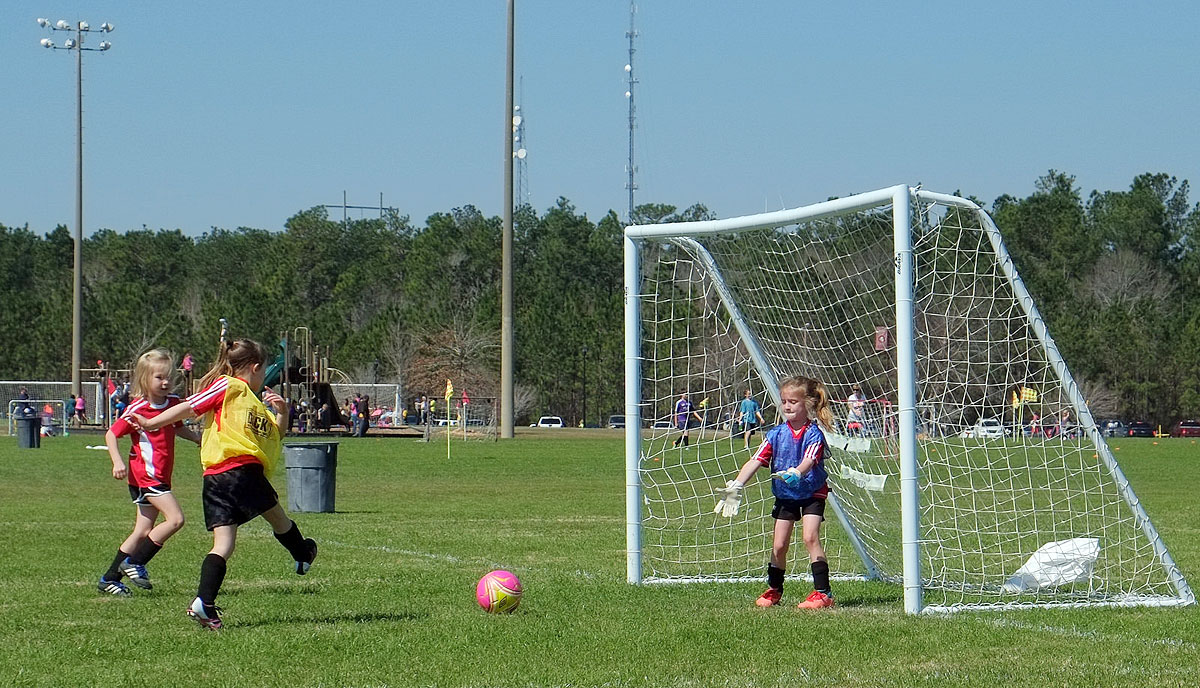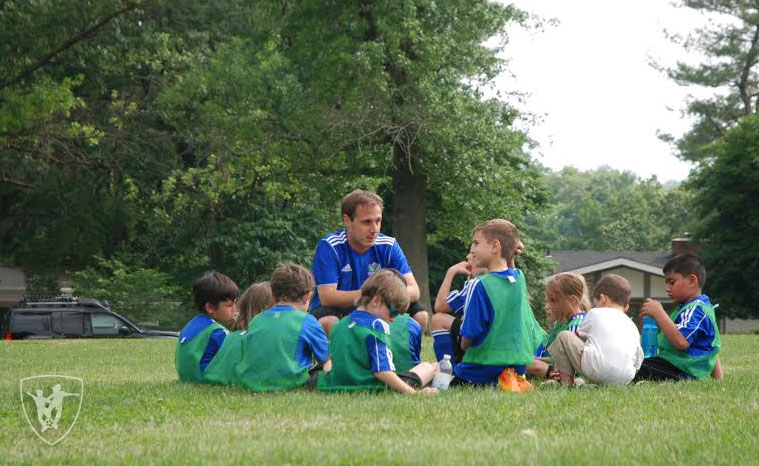One of our readers asked for drills and tips on teaching his kids to kick properly (and not with the toes), so we thought we’d post here for everyone’s benefit.
One of our favorite drills to practice proper shooting is the trap and shoot drill. We recommend drills where the ball is moving, because that is what the players will encounter most during the game. The important part is to teach the technique and then get the kids a lot of repetition. The basics of the technique are the following:
- approach the ball from a slight angle, not straight on
- plant the non-kicking foot slightly to the side of the ball
- lock your ankle before striking the ball
- lean forward over the ball before striking it and follow through to regain your balance after the ball was kicked.





